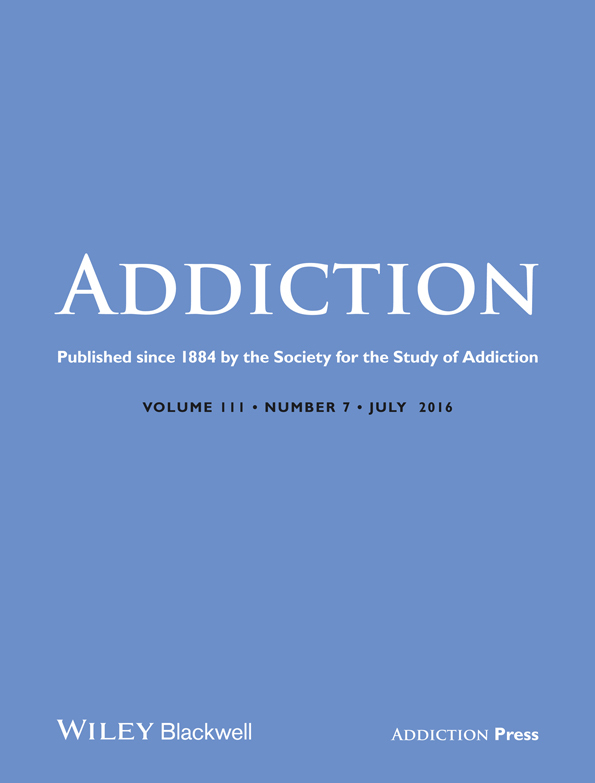Sex differences in genetic and environmental contributions to alcohol consumption from early adolescence to young adulthood
Abstract
Aims
To estimate genetic and environmental contributions to alcohol consumption from early adolescence to young adulthood, and test whether gender moderates these effects.
Design
Longitudinal twin cohort design.
Setting
Population-based sample from Norway.
Participants
A total of 2862 male and female twins, aged 14–22 years, were assessed at one (n = 881), two (n = 898) or three (n = 1083) occasions. The percentage of females was between 56 and 63 in the different age groups (in the different waves).
Measurements
Alcohol consumption was measured by two questionnaire items about frequency of alcohol use and frequency of being drunk.
Findings
Additive genetic effects showed low to moderate contributions [proportion estimate, 95% confidence interval (CI) = range from 0.03 (0.00–0.14) to 0.49 (0.37–0.59) in males and from 0.09 (0.00–0.57) to 0.41 (0.24–0.58) in females] from adolescence to young adulthood, while environmental influences shared by twin pairs and contributing to twin similarity were moderate to highly influential during this developmental period [proportion estimate, 95% CI = range from 0.04 (0.00–0.13) to 0.45 (0.26–0.60) in males for shared environment in common with females, from 0.25 (0.09–0.42) to 0.54 (0.06–0.78) for shared environment specific to males and from 0.36 (0.20–0.52) to 0.51 (0.37–0.71) in females]. There was evidence of qualitative sex differences with shared environmental influences being largely sex-specific from middle adolescence onwards.
Conclusions
Alcohol consumption from early adolescence to young adulthood appears to be influenced to a small to moderate degree by genetic factors and to a moderate to high degree by shared environmental factors (e.g. rearing influences, shared friends). The shared environmental factors influencing alcohol consumption appear to be largely gender-specific.




